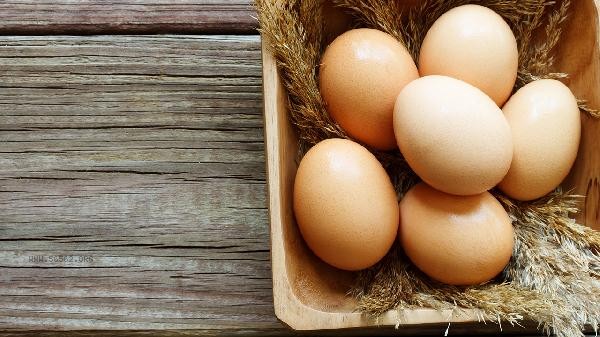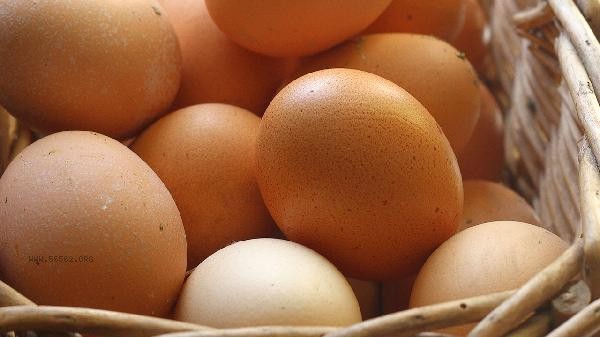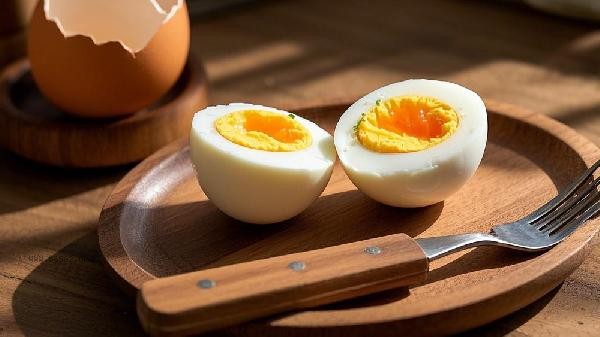The key to steaming smooth and tender egg custard lies in the egg mixture ratio, heat control, and deodorization techniques. There are mainly methods such as moderate ratio of egg water, filtering and defoaming, steaming with warm water, covering with plastic wrap, and steaming and stewing.

1. Egg water ratio
The ideal ratio of eggs to water is 1:1.5 to 1:2, and can be used with either room temperature water or warm water. Too little water can cause the texture of the egg custard to be firm, while too much can make it difficult to solidify. Suggest using eggshells as measuring tools, adding three shells of water to each egg. Adding a small amount of salt can help solidify protein, but it is important to avoid adding salt to infant and toddler complementary foods.
2. Filter and defoam
The fully dispersed egg mixture needs to be filtered through a fine sieve to remove any remaining ties and bubbles. After filtering, let it stand for a while to allow the foam on the surface to dissolve naturally, or use kitchen paper to absorb the residual foam. This step can effectively avoid honeycomb like pores after steaming, making the tissue more delicate and uniform.
3. Steaming with warm water
Boil the water in a steamer until it boils, then turn to low heat and keep the water temperature around 90 degrees. Place the egg mixture container on the steaming rack to avoid direct contact with the high temperature at the bottom of the pot. Using ceramic or glass containers for more uniform thermal conductivity, while metal containers can easily cause overheating at the bottom. Keep the lid of the pot with a gap throughout the process to prevent air holes from forming due to high temperatures.

4. Cover with cling film
The surface of the container is covered with high-temperature resistant cling film or inverted plates to prevent distilled water from dripping. Make several small holes on the membrane with a toothpick to facilitate steam circulation. This method can keep the surface of the egg custard smooth like a mirror, while preventing excessive evaporation of the upper layer of water from causing dryness and hardness. Pay attention to using food grade PE plastic wrap.
5. Steam and stew
Turn off the heat and continue to stew for 3-5 minutes, using the remaining temperature to fully solidify the egg custard. At this point, chopsticks can be inserted for inspection, and if there is no liquid leakage, it is considered mature. Take it out immediately to avoid overcooking and aging, let it cool naturally for two minutes before seasoning. The total steaming time is about 8-10 minutes, and it can be extended appropriately when the container is deeper.

The successfully steamed egg custard should present a light yellow color, with a uniform texture and no layering. It should have elasticity and vibration when lightly touched with a spoon. It can be paired with shrimp, mushrooms and other ingredients to provide rich nutrition, but it needs to be processed in advance to a semi cooked state. For those with weak digestive function, it is recommended to choose natural eggs, which have a higher content of lecithin and are easier to absorb. Refrigerate and store for no more than 24 hours. When reheating, it is necessary to heat it separately from water to avoid hardening. Daily consumption can supplement high-quality protein and lutein, but individuals with high cholesterol levels should control their intake.








Comments (0)
Leave a Comment
No comments yet
Be the first to share your thoughts!